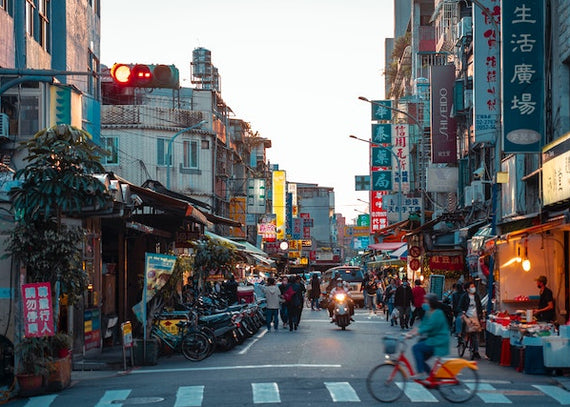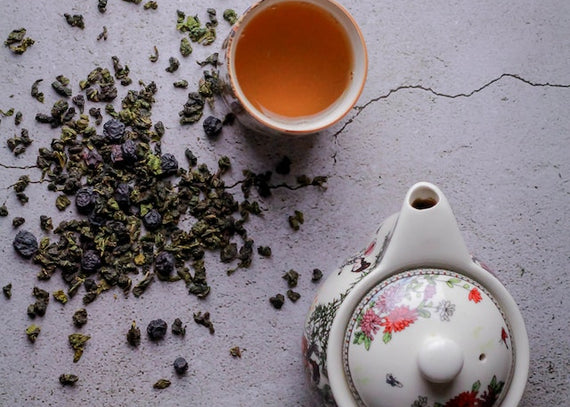Origin
High mountain tea refers to the varieties of Oolong tea which are cultivated in the mountains of central Taiwan. They can be traced back to the cultivars who brought them back from mainland China in the late eighteenth century. They are also known as Gaoshan Chai or Gaoshan tea. Gao is the Taiwanese word for "high" while Chai stands for "tea". High mountain tea grows amazingly at altitudes over 1,000 metres (3,300 ft) above sea level. Varieties of High Mountain Tea include Alishan, Yu Shan, Dayuling, Li Shan and Wushe. Each region on the island produces its own tea with peculiar flavour and aroma. This is mostly based on the terrior, ie external factors influencing the tea plants. These factors include weather, altitude, soil, climate and even the expertise of the tea producers. The mountains of Taiwan are majestic and misty, they contribute in no small terms to the ecosystem which nurtures the flavors of high mountain tea.
If you are wondering why tea plants can grow in such a region, it is due to the natural precipitation and high humidity which can be found in mountain ranges like Nantou and Chiayi counties. Being a mountainous island, Taiwan had the largest density of high mountais in the world. The island spans over 3000 metres (9,800ft) above sea level, with 286 mountain summits. Quite interestingly, despite how long these varieties have been around for, they only started getting fame around 1990s.
Cultivation
Usually, High Mountain Oolong tea leaves grow slowly due to the thin air found in high altitudes. This is very important to its unique aromatics.
Added to the fact that they are usually harvested by hand, the annual yield of the High Mountain Oolong tea is typically quite low. There are two types of High Mountain Oolong tea, depending on the season:
- Winter Gaoshan: This variety is harvested in late October.
- Spring Gaoshan: This is harvested in mid-June.
Actually, there is also a summer harvest of high mountain tea, but it is of too little commercial value, so it doesn't get talked about.
Production
After the Gaoshan leaves have been handpicked, it could take up to 40 hours to process just one batch. If the weather is friendly enough, they can be spread out on a tarp, and allowed to develop aromas such as Rose, Jasmine, and Geranium. Next, the tea leaves are then folded to squeeze the leaf for oxidation, before transferring them to another tray. They're then left to wither and ferment for about eight hours. This is what is packaged and sold as "handkerchief tea". Just like green tea, Oolong tea or Gaoshan tea is known for holding its nutrients inside, although without the grassy taste. Once the fermentation is done, the harsh ingredients are removed, and the flavor of the tea is fully revealed. Farmers who cultivate these varieties of High Mountain Tea are known to stress the inherent quality of the tea, rather than quantity.
High Mountain Tea in all its varieties is beautiful and elegant. From the variant of pale golden color to the floral and creamy flavours, High Mountain Tea is a wonderful specimen. A unique quality tea grown in a unique and beautiful environment can, you just can never go wrong with it.




